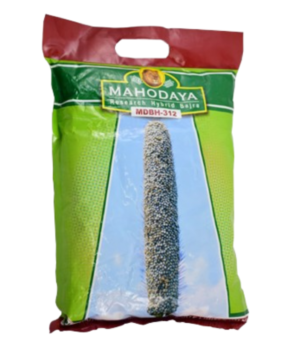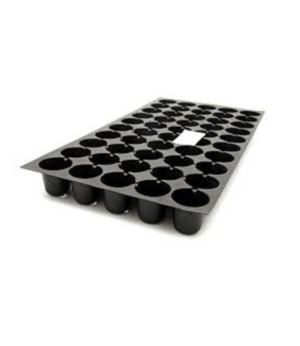US Numeric Size
Waist
US Denim Size
Hip
Chest

Using a lure for rhinoceros beetles (Oryctes rhinoceros) involves specific steps to attract and monitor these pests, which can cause significant damage to coconut and oil palm trees.
Flash Sale end in:

We want you to be happy with your purchase and we apologize if it is not. For whatever reason that you are not satisfied, we would be most happy to provide exchanges and returns for all items purchased from us if the following conditions are met.
All exchanges and returns would need to be raised within 10 days of the invoice date for Singaporeorders, and 20 days for overseas orders. For local deliveries, there is an option to exchange at any of our boutiques within Singaporeor through our online portal at www.company.com. All requests for returns however, would need to be strictly made online at www.company.com for both local and overseas deliveries.
All exchanges and returns would need to be raised within 10 days of the invoice date for Singaporeorders, and 20 days for overseas orders. For local deliveries, there is an option to exchange at any of our boutiques within Singaporeor through our online portal at www.company.com. All requests for returns however, would need to be strictly made online at www.company.com for both local and overseas deliveries.
Using a lure for rhinoceros beetles (Oryctes rhinoceros) involves specific steps to attract and monitor these pests, which can cause significant damage to coconut and oil palm trees
Selecting the Lure and Trap: Choose a trap specifically designed for capturing rhinoceros beetles. These traps often come with a lure that emits pheromones or other attractants to draw in male beetles.
Placement: Position the traps strategically within the plantation or orchard where rhinoceros beetle activity is suspected or observed. Place them near palm trees or in areas where beetles are likely to congregate.
Activation: Activate the lure according to the manufacturer’s instructions. This usually involves removing the lure from its packaging and placing it in the trap.
Monitoring: Regularly check the traps to monitor the number of beetles captured. Inspect the traps at least weekly to assess the severity of the infestation and track population trends.
Replacement: Replace the lure as recommended by the manufacturer. Lures typically need to be replaced periodically to maintain their effectiveness, especially in hot and humid climates where degradation can occur faster.
Record Keeping: Keep detailed records of trapping results, including the number of beetles caught per trap and any observations related to pest activity. This data helps in understanding beetle population dynamics and making informed decisions about pest management strategies.
Integrated Pest Management (IPM): Use the trapping data to inform an IPM approach for rhinoceros beetle control. This may include cultural practices (such as sanitation and pruning), biological control methods (such as introducing natural predators or pathogens), and targeted pesticide applications if necessary.
By using lures and traps effectively, farmers can monitor rhinoceros beetle populations, detect infestations early, and implement timely and targeted control measures to protect palm trees and minimize economic losses.

You can ask anything you want to know about our products
onlinestore@shetiudyog.com


Reviews
There are no reviews yet